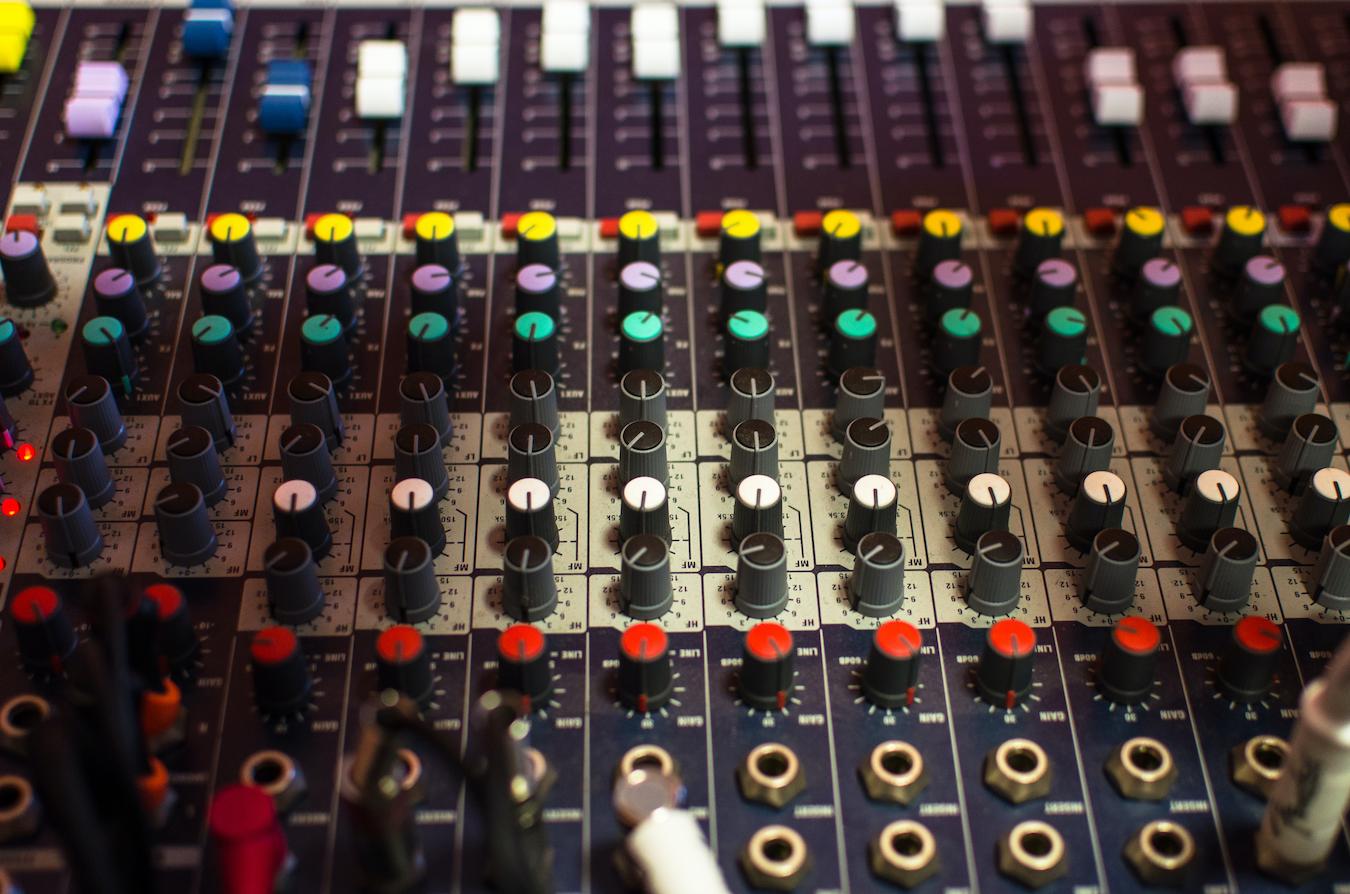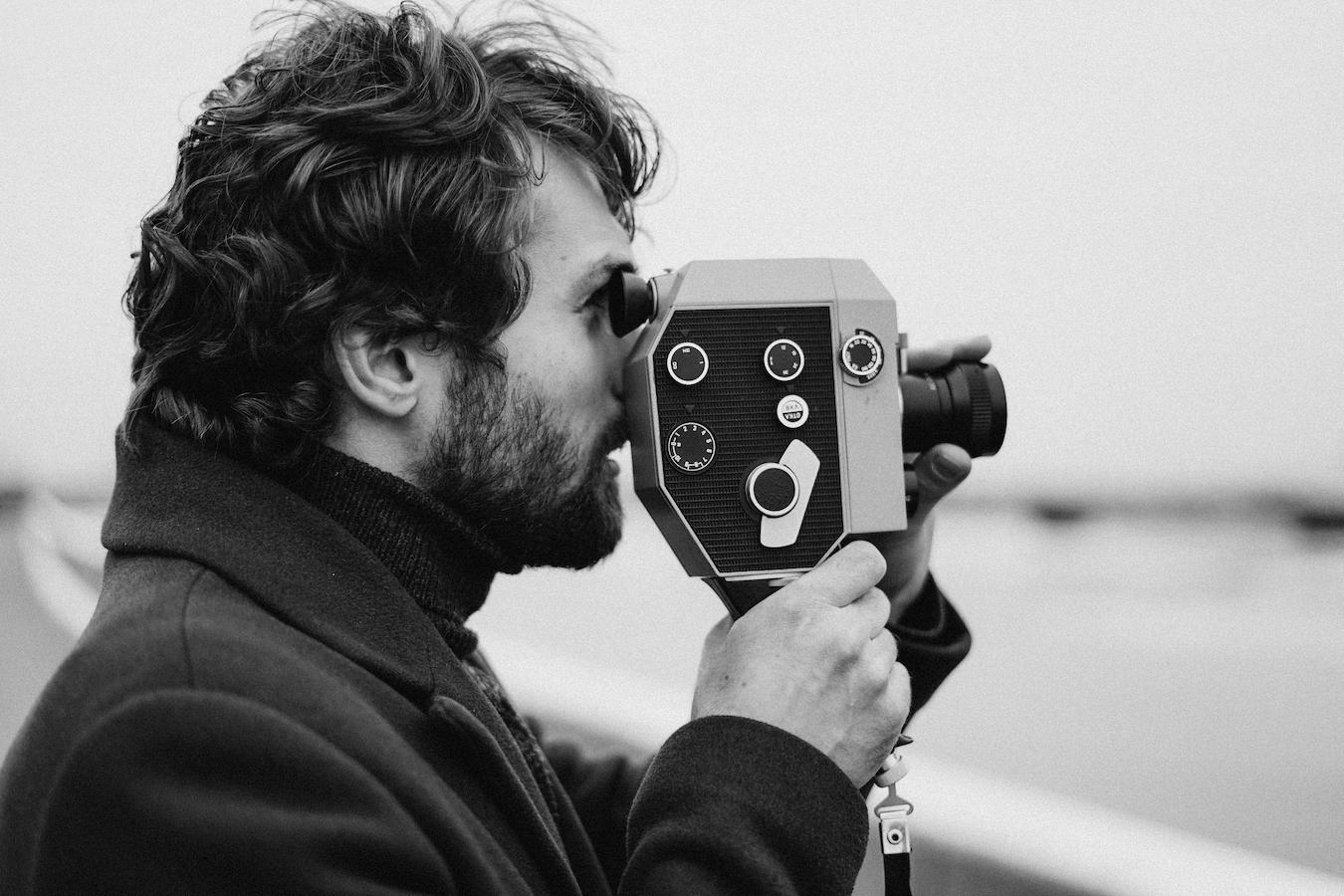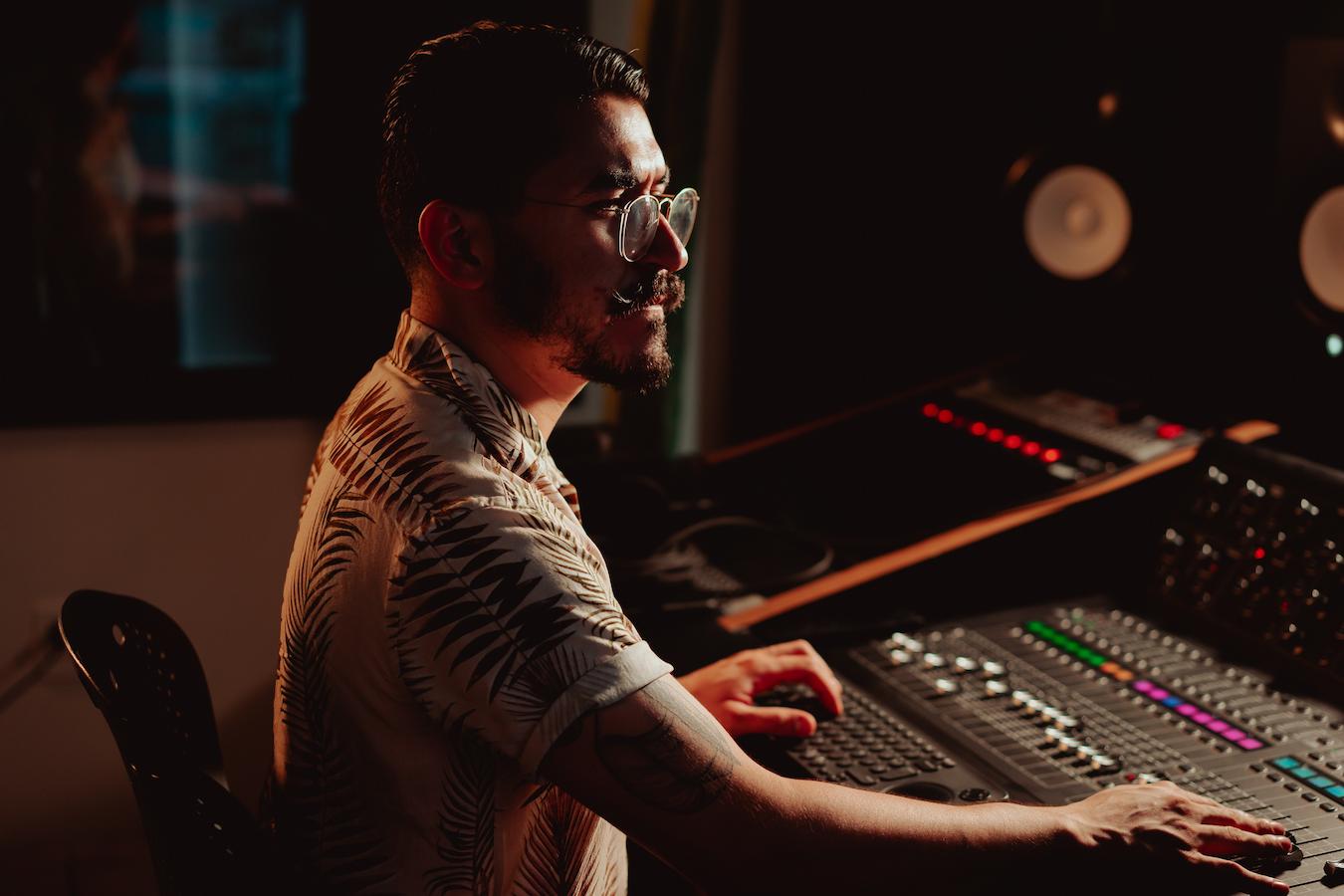Storytelling is so much more than we think it is. Just ask any sound editor out there in the film industry.
You might think, “Ok, this movie has an awesome soundtrack!” But what about the sounds and sound effects that are more subtle than that?
Think dialogue, footsteps, the sound of crunching leaves. All of these sounds and more are the work of a sound editor.
And when sound editing is that good, you hardly even notice it’s there. The very definition of sound editing can get a little confusing though.
And that’s why we’re here to help clear things up. We’ll go through the misconceptions between sound editing vs. sound mixing.
Then, we’ll dive into all of the different ways sound editors make your favorite movies, well, your favorite. So, are you ready to jump into the sound editors’ world?
See Related: What Does a Film Distributor Do?
Sound editing vs. sound mixing
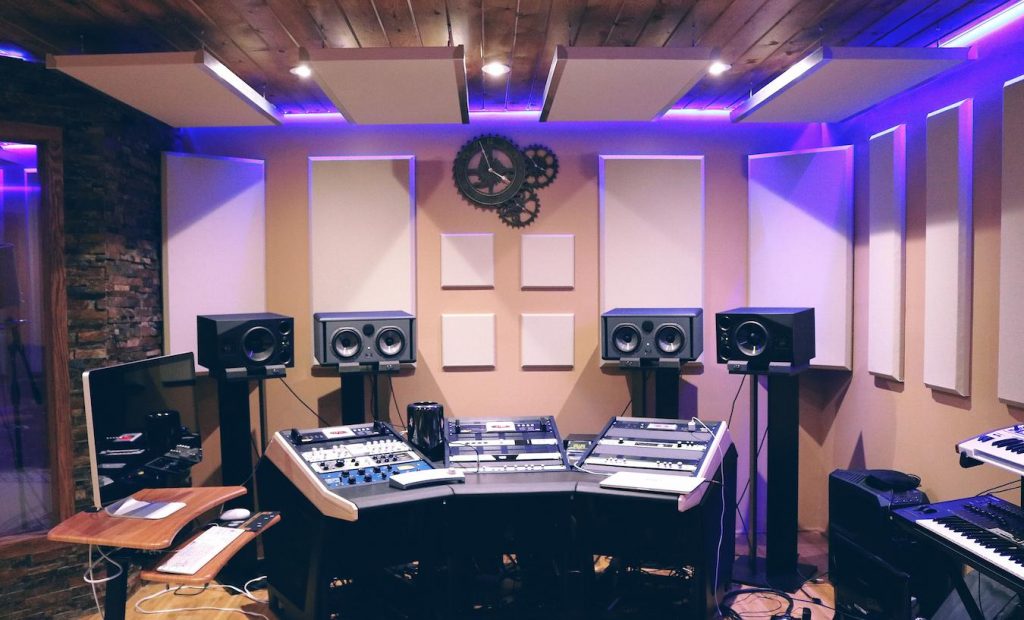
When you hear “sound editing,” you get the impression that this means piecing a recording together. But sound editing is actually the creation of the sounds in the first place.
Think of sound editing more along the lines of sound design. It’s creating the sounds that the film needs.
It’s recording different environments or making any number of foley tracks. But before we get ahead of ourselves, all you need to know is that sound editors supply the sounds.
And a sound mixer is the one who pieces together and blends these sounds. Sound mixing is much more music production.
So if sound editing in film is like sound design in film, then sound mixing is like sound engineering. Easy enough, right?
But you might still be wondering, How do these sounds get created? And where do they come from?
Well, we’re glad you asked! Each sound editor will have a different process.
But below are some of the categories through which sound editors make their magic happen. So take a look and keep reading.
Types of sound editing in film
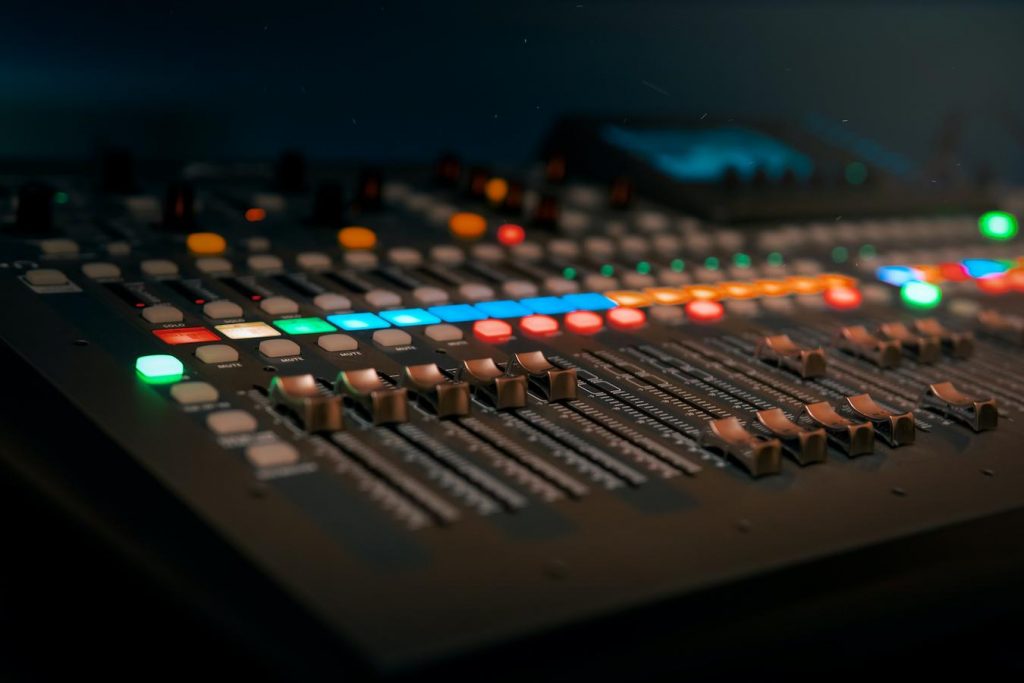
Field recording
Field recording is exactly what it sounds like. Sound editors go out in the field to record different things!
Let’s say the final shot of a movie is a lake. But during the video shoot, there are cars going by and that extra noise pollutes the final scene.
Well, a sound editor will grab that recorded audio out in the field to eliminate any other noise that might be present. They’ll record birds.
They’ll record the sound of the water. They’ll essentially record all of the component elements that will make the scene or scenes in question work.
It can be difficult to change or control everything on set. So a sound editor will get the recorded tracks in a more controlled setting to make for the necessary dramatic effects.
Often, sound editors may not be recording the main sound of each scene. But they’re likely getting the best sounds they can to make their design work.
So the next time you hear a bird call in a movie, just know that it might be from a field recording. Not from the actual day on set!
Bonus: How Does the Cinematographer Control Color in a Scene?
Foley
You know how radio studios now have a button to create different sound effects for them while live on air? Well, back in the day, Jack Foley managed to create those very sound effects for radio stories from scratch!
Foley used a private production studio packed with equipment to create and record basic sounds needed to elevate the story of a film. And even now, foley artists come up with audio that will fill out the space of the scene through sound design and construction.
So this might be footsteps or the sound of breaking glass. But anything that can’t be recorded in the field is an example of foley sound.
Often on set, it can be difficult to get every sound in a scene perfectly right. So a foley artist will come in and provide the best sound cues and effects to enhance the video during post-production.
Nowadays, many films are made where the only sound that’s picked up on set is dialogue from a character. So a foley artist would come into a separate studio to provide those additional external noises.
And don’t think the process of being a foley artist is easy. There’s a reason it’s considered an art!
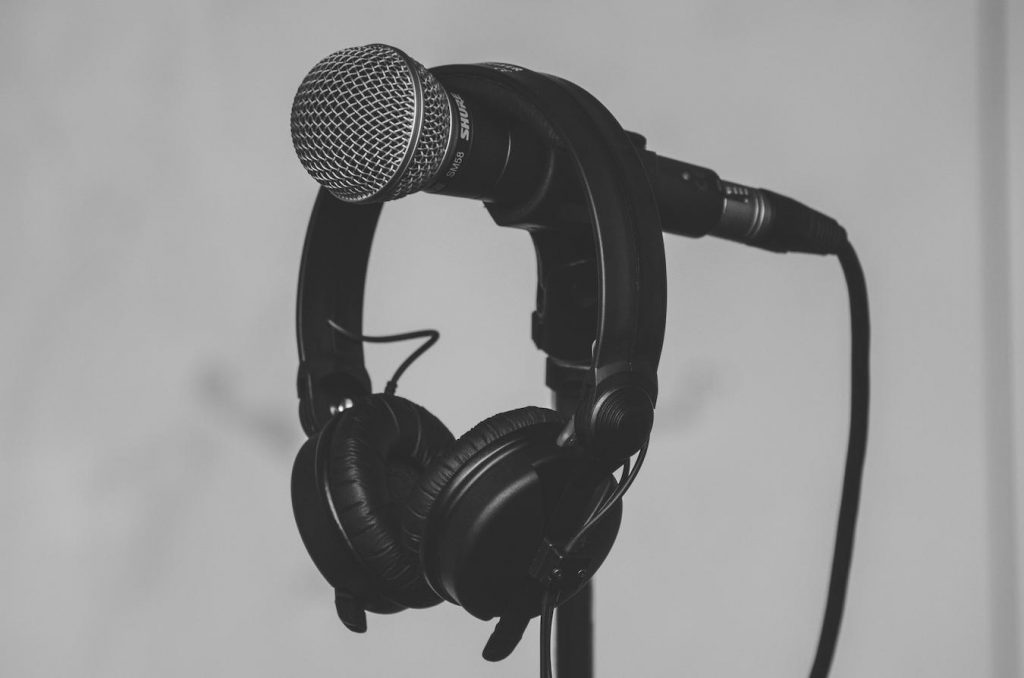
ADR
Not familiar with this acronym? Well sometimes, dialogue needs to be re-recorded for the film during post-production.
It could be for any number of reasons. The director may have called cut too soon.
Or, maybe the mix of everything else called in the scene simply needed another read of the line. Regardless, ADR stands for Automated Dialogue Replacement.
And it is the process of re-recording audio within a more controlled setting. Once the dialogue is added, the sound mixer can come in to make sure it blends well with the rest of the elements.
Mixing in ADR is actually a lot more common than you might think. And it could also be requested by the actor if they feel their line was delivered in a funny way.
So even though some dialogue was added on in a separate recording space, the mix of the audio will sound seamless. Pretty much like magic, huh?
Music
During post-production of a film, one of the most important elements to add is music. Music can set the place and time of the scene.
And it can tell the audience how to feel. If every scene was without music, it’d be difficult to tell how the story is progressing.
But music tracks elevate the audio of the mix. And they can teach the audience how they ought to be feeling from scene to scene.
Take for instance an intense interrogation scene. It’d be pretty jarring if the music was poppy and upbeat, right?
So the music has to match the action on video. Otherwise, the soundtrack will seem to just be doing its own thing.
Louder in the back!
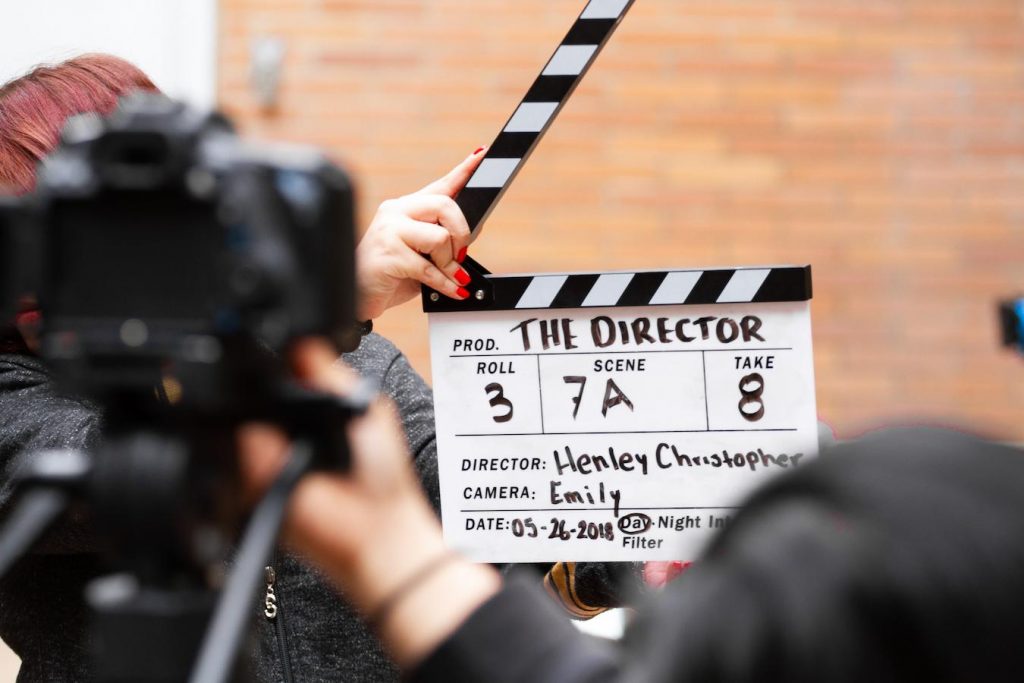
Hopefully, this short guide has helped you understand the difference between sound editing and sound mixing. But the best way to better understand these two is to keep your ears open while watching a film!
(Pro tip: try watching the first film with sound to see the evolution of sound design. You won’t regret it!)
It can be difficult to pick up the editing and mixing during a film. But that doesn’t mean sound editors go unnoticed.
Just take a look at Oscar-winning sound editor Walter Murch. He’s proof enough that sound editing can make or break a film.
Keep Reading: How to Convert Super 8 Film to Digital
–
Mack Sennett Studios is a historic full-service photography studio, production sound stage, and private event space in Silver Lake, serving as creative home to the Los Angeles cultural renaissance for the last 100 years. Check us out on Facebook, Twitter, Vimeo, Pinterest, Yelp and Instagram.

